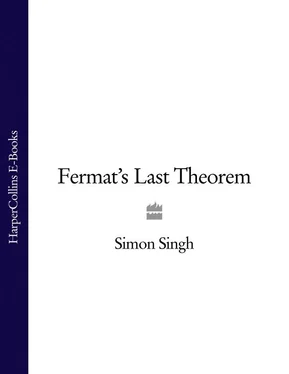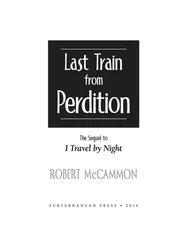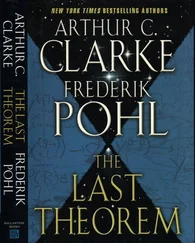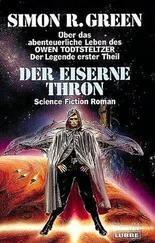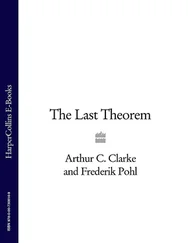Soon after founding the Brotherhood, Pythagoras coined the word philosopher , and in so doing defined the aims of his school. While attending the Olympic Games, Leon, Prince of Phlius, asked Pythagoras how he would describe himself. Pythagoras replied, ‘I am a philosopher,’ but Leon had not heard the word before and asked him to explain.
Life, Prince Leon, may well be compared with these public Games for in the vast crowd assembled here some are attracted by the acquisition of gain, others are led on by the hopes and ambitions of fame and glory. But among them there are a few who have come to observe and to understand all that passes here.
It is the same with life. Some are influenced by the love of wealth while others are blindly led on by the mad fever for power and domination, but the finest type of man gives himself up to discovering the meaning and purpose of life itself. He seeks to uncover the secrets of nature. This is the man I call a philosopher for although no man is completely wise in all respects, he can love wisdom as the key to nature’s secrets.
Although many were aware of Pythagoras’ aspirations nobody outside of the Brotherhood knew the details or extent of his success. Each member of the school was forced to swear an oath never to reveal to the outside world any of their mathematical discoveries. Even after Pythagoras’ death a member of the Brotherhood was drowned for breaking his oath – he publicly announced the discovery of a new regular solid, the dodecahedron, constructed from twelve regular pentagons. The highly secretive nature of the Pythagorean Brotherhood is part of the reason that myths have developed surrounding the strange rituals which they might have practised, and similarly this is why there are so few reliable accounts of their mathematical achievements.
What is known for certain is that Pythagoras established an ethos which changed the course of mathematics. The Brotherhood was effectively a religious community and one of the idols they worshipped was Number. By understanding the relationships between numbers, they believed that they could uncover the spiritual secrets of the universe and bring themselves closer to the gods. In particular the Brotherhood focused its attention on the study of counting numbers (1, 2, 3, …) and fractions. Counting numbers are sometimes called whole numbers , and together with fractions (ratios between whole numbers) are technically referred to as rational numbers. Among the infinity of numbers, the Brotherhood looked for those with special significance, and some of the most special were the so-called ‘perfect’ numbers.
According to Pythagoras numerical perfection depended on a number’s divisors (numbers which will divide perfectly into the original one). For instance, the divisors of 12 are 1, 2, 3, 4 and 6. When the sum of a number’s divisors is greater than the number itself, it is called an ‘excessive’ number. Therefore 12 is an excessive number because its divisors add up to 16. On the other hand, when the sum of a number’s divisors is less than the number itself, it is called ‘defective’. So 10 is a defective number because its divisors (1, 2 and 5) add up to only 8.
The most significant and rarest numbers are those whose divisors add up exactly to the number itself and these are the perfect numbers. The number 6 has the divisors 1, 2 and 3, and consequently it is a perfect number because 1 + 2 + 3 = 6. The next perfect number is 28, because 1 + 2 + 4 + 7 + 14 = 28.
As well as having mathematical significance for the Brotherhood, the perfection of 6 and 28 was acknowledged by other cultures who observed that the moon orbits the earth every 28 days and who declared that God created the world in 6 days. In The City of God , St Augustine argues that although God could have created the world in an instant he decided to take six days in order to reflect the universe’s perfection. St Augustine observed that 6 was not perfect because God chose it, but rather that the perfection was inherent in the nature of the number: ‘6 is a number perfect in itself, and not because God created all things in six days; rather the inverse is true; God created all things in six days because this number is perfect. And it would remain perfect even if the work of the six days did not exist.’
As the counting numbers get bigger the perfect numbers become harder to find. The third perfect number is 496, the fourth is 8,128, the fifth is 33,550,336 and the sixth is 8,589,869,056. As well as being the sum of their divisors, Pythagoras noted that all perfect numbers exhibit several other elegant properties. For example, perfect numbers are always the sum of a series of consecutive counting numbers. So we have
Pythagoras was entertained by perfect numbers but he was not satisfied with merely collecting these special numbers; instead he desired to discover their deeper significance. One of his insights was that perfection was closely linked to ‘twoness’. The numbers 4 (2 × 2), 8 (2 × 2 × 2), 16 (2 × 2 × 2 × 2), etc., are known as powers of 2, and can be written as 2 n, where the n represents the number of 2’s multiplied together. All these powers of 2 only just fail to be perfect, because the sum of their divisors always adds up to one less than the number itself. This makes them only slightly defective:

Two centuries later Euclid would refine Pythagoras’ link between twoness and perfection. Euclid discovered that perfect numbers are always the multiple of two numbers, one of which is a power of 2 and the other being the next power of 2 minus 1. That is to say,

Today’s computers have continued the search for perfect numbers and find such enormously large examples as 2 216’090× (2 216’091– 1), a number with over 130,000 digits, which obeys Euclid’s rule.
Pythagoras was fascinated by the rich patterns and properties possessed by perfect numbers and respected their subtlety and cunning. At first sight perfection is a relatively simple concept to grasp and yet the ancient Greeks were unable to fathom some of the fundamental points of the subject. For example, although there are plenty of numbers whose divisors add up to one less than the number itself, that is to say only slightly defective, there appear to be no numbers which are slightly excessive. The Greeks were unable to find any numbers whose divisors added up to one more than the number itself, but they could not explain why this was the case. Frustratingly, although they failed to discover slightly excessive numbers, they could not prove that no such numbers existed. Understanding the apparent lack of slightly excessive numbers was of no practical value whatsoever; nonetheless it was a problem which might illuminate the nature of numbers and therefore it was worthy of study. Such riddles intrigued the Pythagorean Brotherhood, and two and a half thousand years later, mathematicians are still unable to prove that no slightly excessive numbers exist.
In addition to studying the relationships within numbers Pythagoras was also intrigued by the link between numbers and nature. He realised that natural phenomena are governed by laws, and that these laws could be described by mathematical equations. One of the first links he discovered was the fundamental relationship between the harmony of music and the harmony of numbers.
Читать дальше
